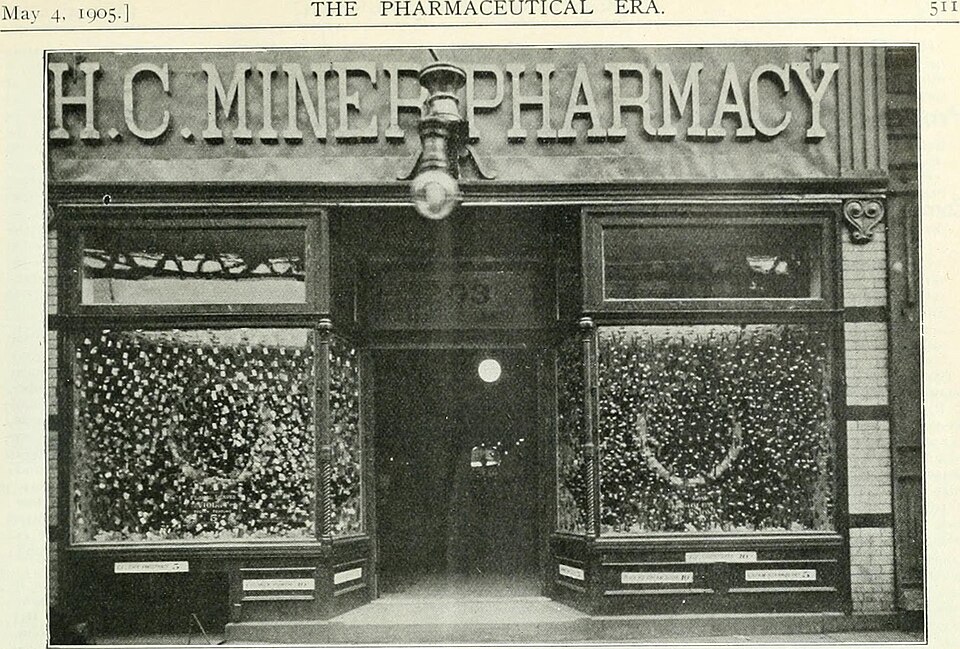White House Announces 15% Tariff on Pharmaceuticals and Semiconductors

The White House has officially confirmed that the recently negotiated trade agreement with the European Union (EU) will impose a 15% tariff on pharmaceuticals and semiconductors. This announcement, made on July 29, 2025, follows a series of discussions between senior officials from both sides, aimed at establishing a framework for future trade relations. The pharmaceutical and semiconductor sectors are critical components of Irish exports, which amounted to €72 billion in goods shipped to the U.S. last year, underscoring the significance of this development for the Irish economy.
The confirmation of the tariff rate comes amidst concerns regarding the legal binding nature of the agreement. Olof Gill, a spokesperson for the EU Commission, emphasized that the framework should be viewed as a political commitment rather than a legally enforceable document. He stated, "Both sides are working very hard now to get the details of that signed up... This joint statement isn’t a legally binding document. These are commitments." This sentiment reflects the cautious optimism from EU officials, who are now focused on finalizing a joint statement by the August 1 deadline set by the U.S.
However, skepticism remains regarding the deal's implications. Dr. John O’Brien, a financial markets and investments academic at University College Cork, criticized the agreement as a "capitulation" by the EU, predicting long-term negative outcomes for European growth. He remarked, "The EU Commission... has capitulated in the US trade deal... having conceded once to Trump, there is no guarantee that he will not come back for more having sensed weakness." This perspective highlights the fears that the agreement may embolden further demands from U.S. officials, especially given the unpredictable nature of the Trump administration.
Market analysts have also weighed in on the potential economic impact of the tariffs. Matthew Ryan, head of market strategy at Ebury, indicated that the expected contraction of 0.3-0.5% in the EU’s GDP over the next three to five years is concerning but not sufficient to trigger recession fears. The financial markets reacted promptly, with the euro experiencing a decline, which signals investor concerns regarding future growth prospects in the EU.
In addition to the tariff on pharmaceuticals and semiconductors, Irish butter imports will revert to a previous tariff level of approximately 16%, which had been in place prior to Trump's administration. This adjustment is seen by some industry representatives as a positive development, particularly for products like Kerrygold, which had seen its market share grow under more favorable conditions.
As the EU and the U.S. continue to navigate their complex trade relationship, the implications of this tariff agreement will likely resonate across various sectors, influencing not only economic dynamics but also the broader geopolitical landscape. The EU's strategy moving forward will be closely monitored, especially in light of potential pressures from both the U.S. and rival powers like China and Russia, who may view the EU's concessions as a sign of weakness. The outcome of this trade deal will set a significant precedent for future negotiations, and stakeholders from various sectors are urged to prepare for the evolving landscape of international trade relations.
Advertisement
Tags
Advertisement




